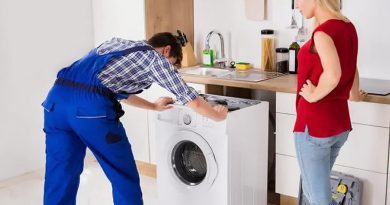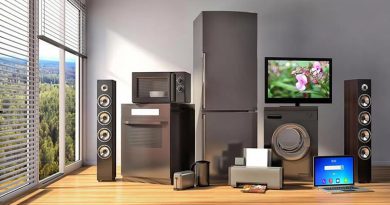Which of the household appliances consume the most energy and what are their saving alternatives?
Household appliances have become an integral part of our daily lives, providing convenience and comfort. However, it’s essential to be mindful of the energy consumption associated with these appliances and explore energy-efficient alternatives. In this article, we will delve into the energy consumption patterns of various household appliances and highlight energy-saving alternatives that can help reduce our environmental impact.
Understanding Energy Consumption in Household Appliances
Household appliances differ in terms of their energy consumption, with some consuming more electricity than others. It’s crucial to identify the appliances that tend to use the most energy to make informed decisions about energy efficiency. Generally, appliances such as refrigerators, air conditioners, clothes dryers, and water heaters are among the top energy consumers in households. These appliances typically require a significant amount of electricity to function optimally. By understanding the energy consumption of each appliance, we can prioritize efforts to find more energy-efficient alternatives.
Energy-Efficient Alternatives for High-Energy Consuming Appliances
When it comes to high-energy consuming appliances, there are several energy-efficient alternatives available in the market. Let’s explore some of these alternatives:
- Refrigerators: Look for ENERGY STAR-certified refrigerators that are designed to consume less energy without compromising performance. Features such as improved insulation, LED lighting, and advanced temperature control systems contribute to significant energy savings.
- Air Conditioners: Opt for energy-efficient air conditioners with high Seasonal Energy Efficiency Ratio (SEER) ratings. Additionally, consider using programmable thermostats to regulate cooling based on occupancy, optimizing energy usage.
- Clothes Dryers: Consider using clotheslines or drying racks to air-dry clothes whenever possible. If a dryer is necessary, choose a model with moisture sensors and adjustable heat settings, which help reduce drying time and energy consumption.
- Water Heaters: Explore energy-efficient water heaters such as heat pump water heaters or tankless water heaters. These alternatives can provide hot water on-demand while minimizing standby energy losses.
Energy-Saving Tips for Other Household Appliances
Apart from high-energy consuming appliances, there are several energy-saving practices that can be implemented for other household appliances. Here are some tips:
- Washing Machines: Wash clothes in cold water whenever possible, as heating water accounts for a significant portion of energy consumption in washing machines. Additionally, consider using a high-efficiency washing machine that uses less water and energy per load.
- Dishwashers: Use the dishwasher’s energy-saving mode or opt for shorter wash cycles when appropriate. Ensure the dishwasher is fully loaded before running a cycle to maximize efficiency.
- Lighting: Switch to energy-efficient LED bulbs throughout your home, as they consume significantly less electricity compared to traditional incandescent bulbs. Remember to turn off lights when not in use.
- Electronics: Unplug electronic devices and chargers when not in use, as they can still draw power even when in standby mode. Use power strips to easily turn off multiple devices at once.
By understanding the energy consumption patterns of household appliances and adopting energy-efficient alternatives and practices, we can significantly reduce our energy consumption and contribute to a more sustainable future.
Note: Energy consumption and energy-efficient alternatives may vary depending on appliance models, technologies, and regional energy sources. It’s advisable to consult product specifications and energy efficiency ratings when considering specific appliances.




